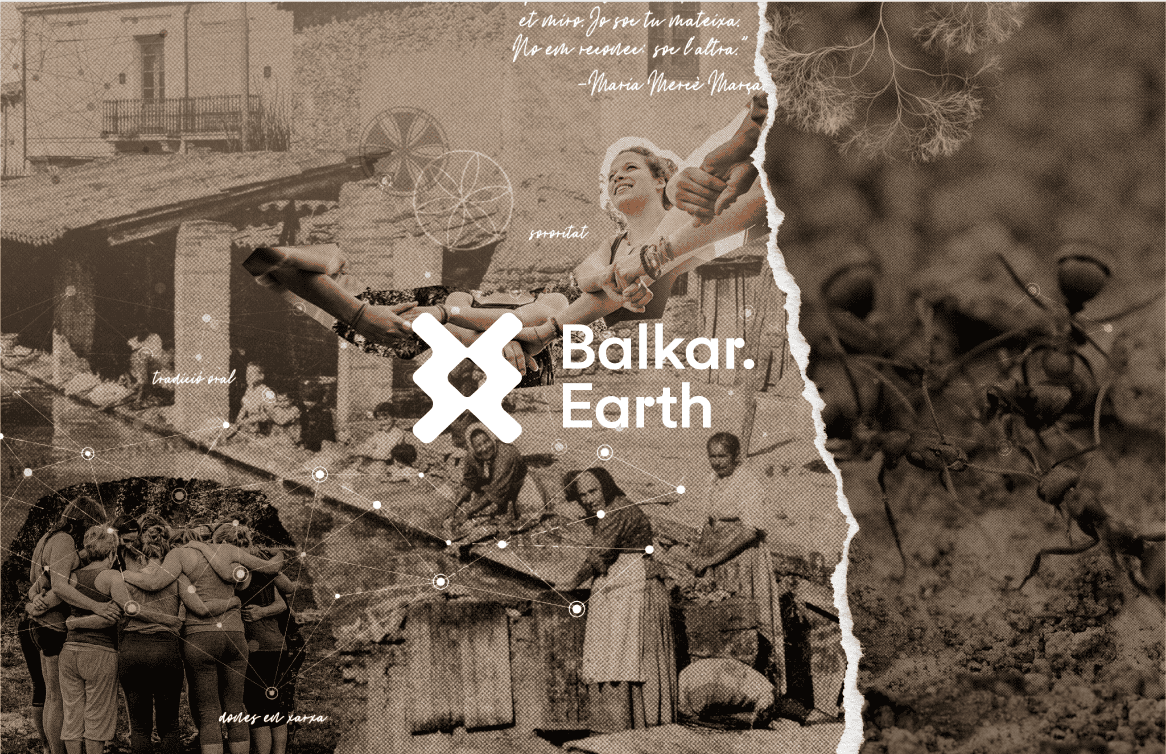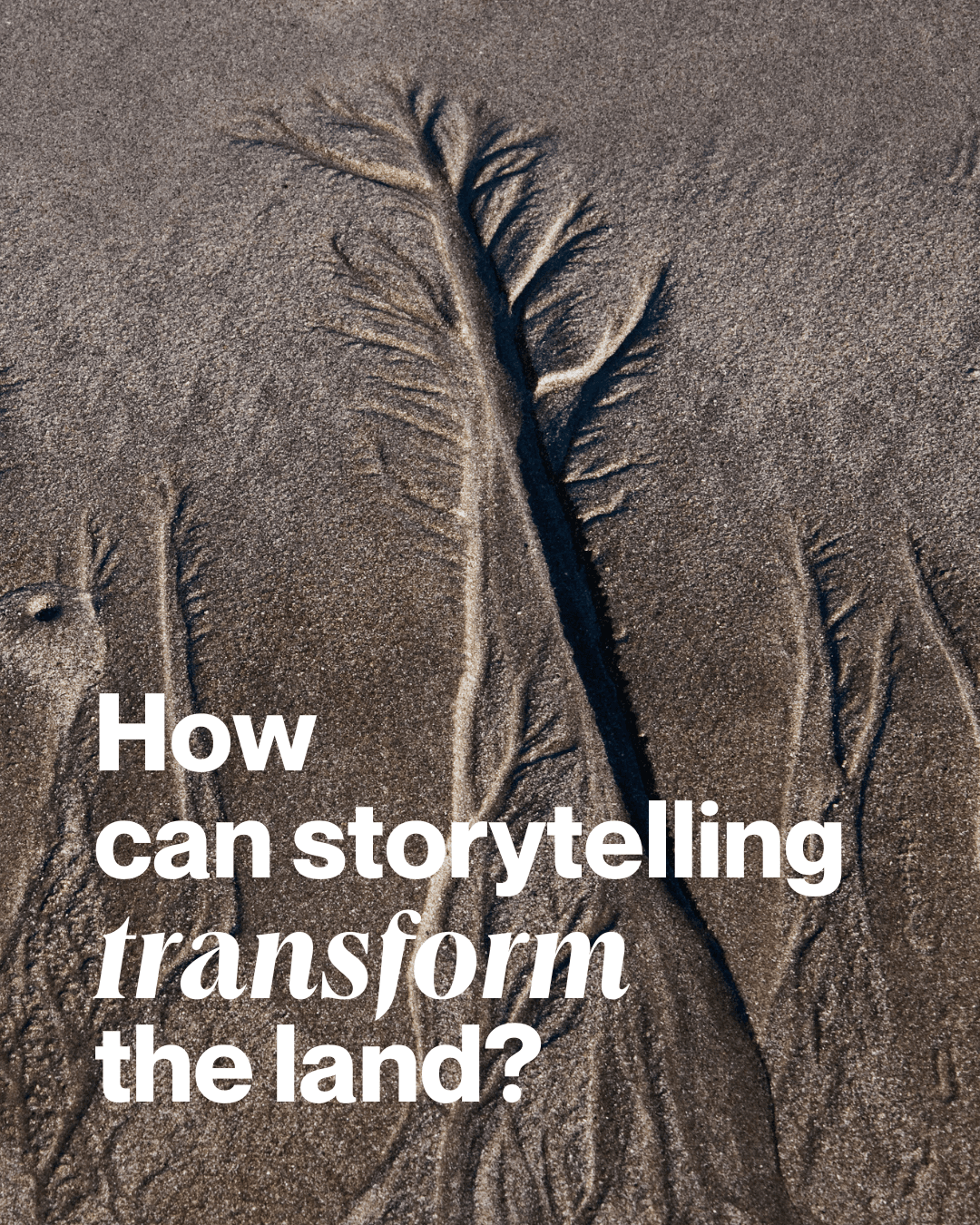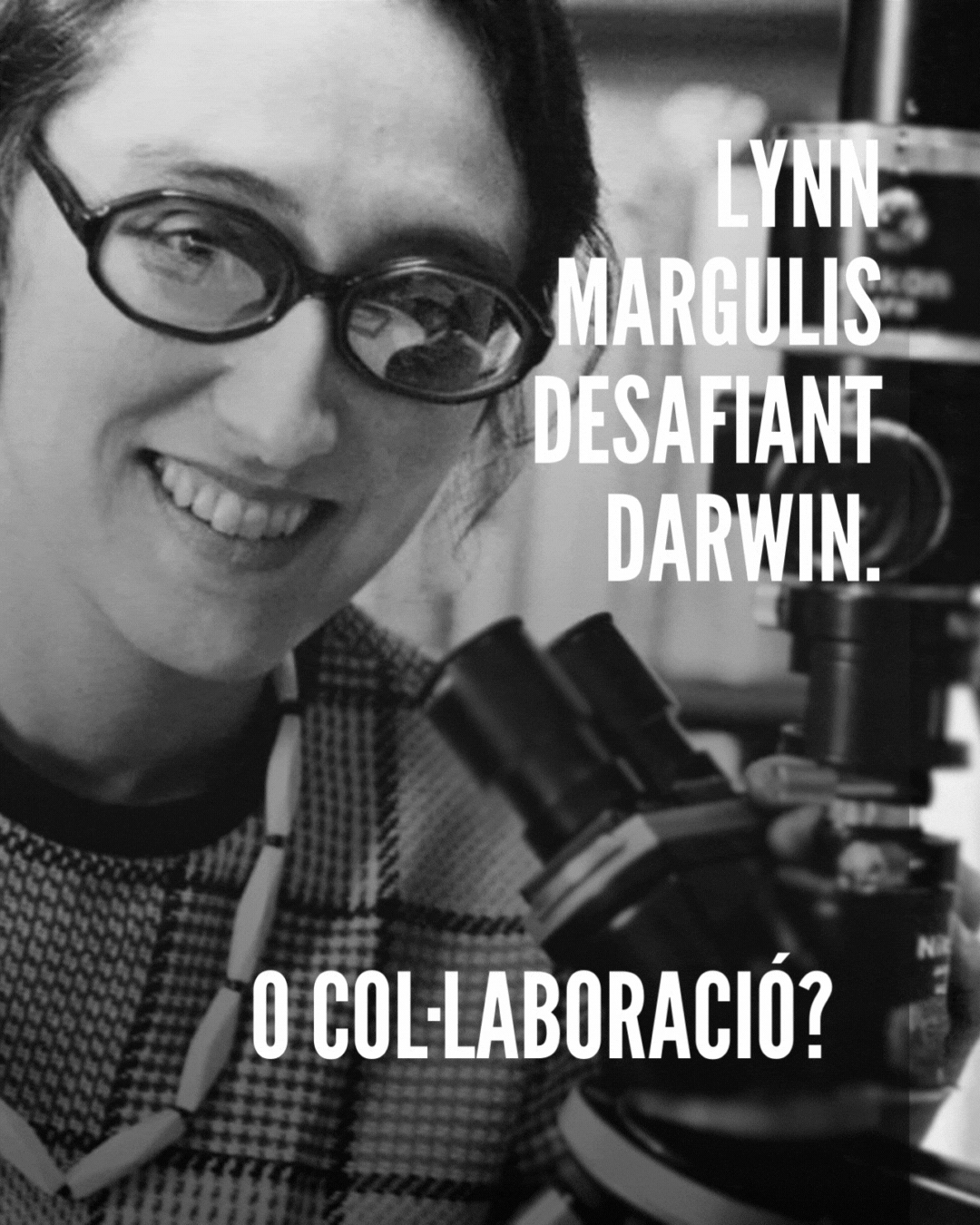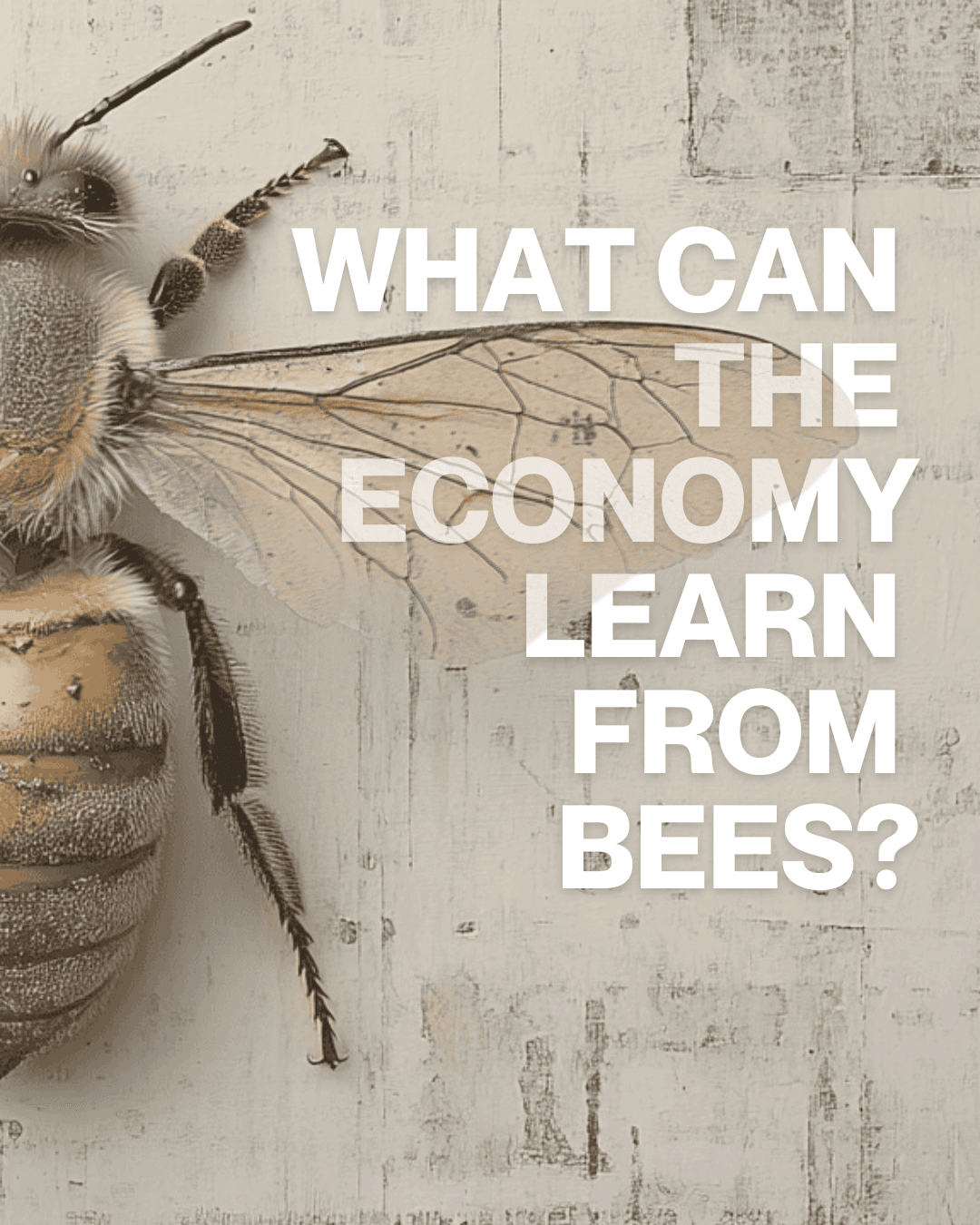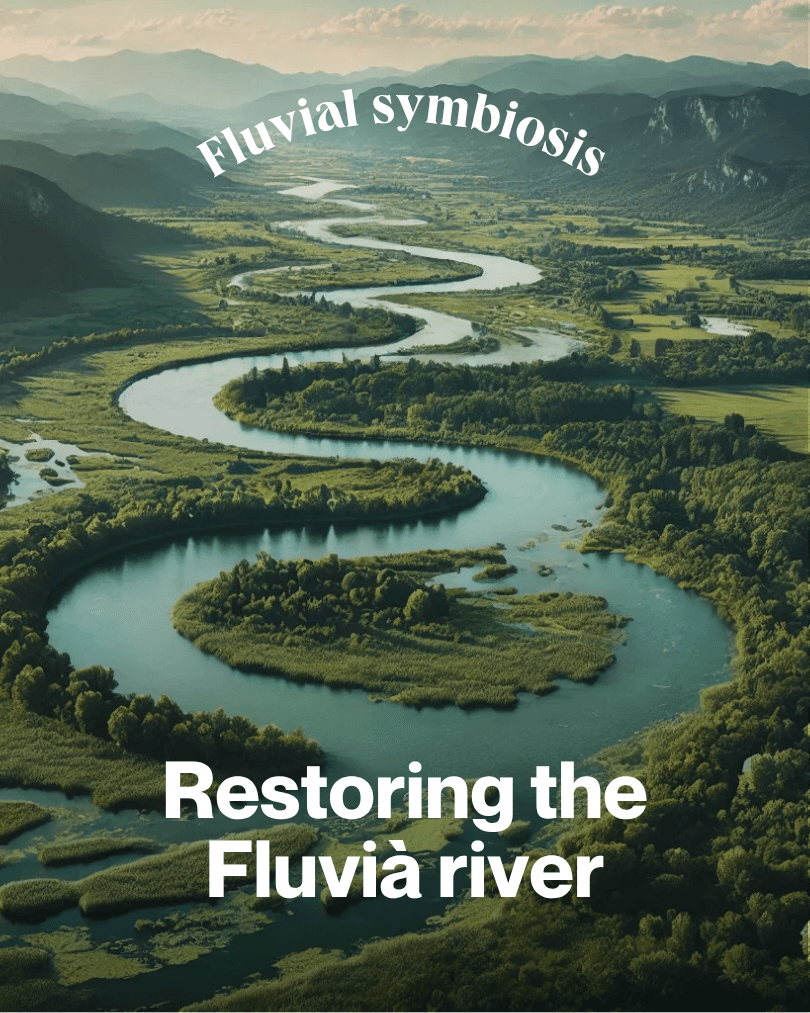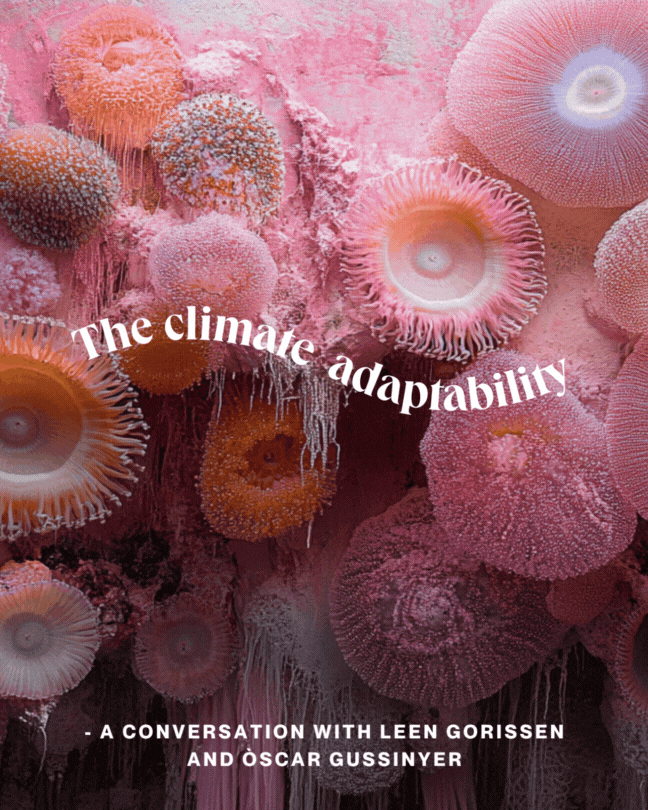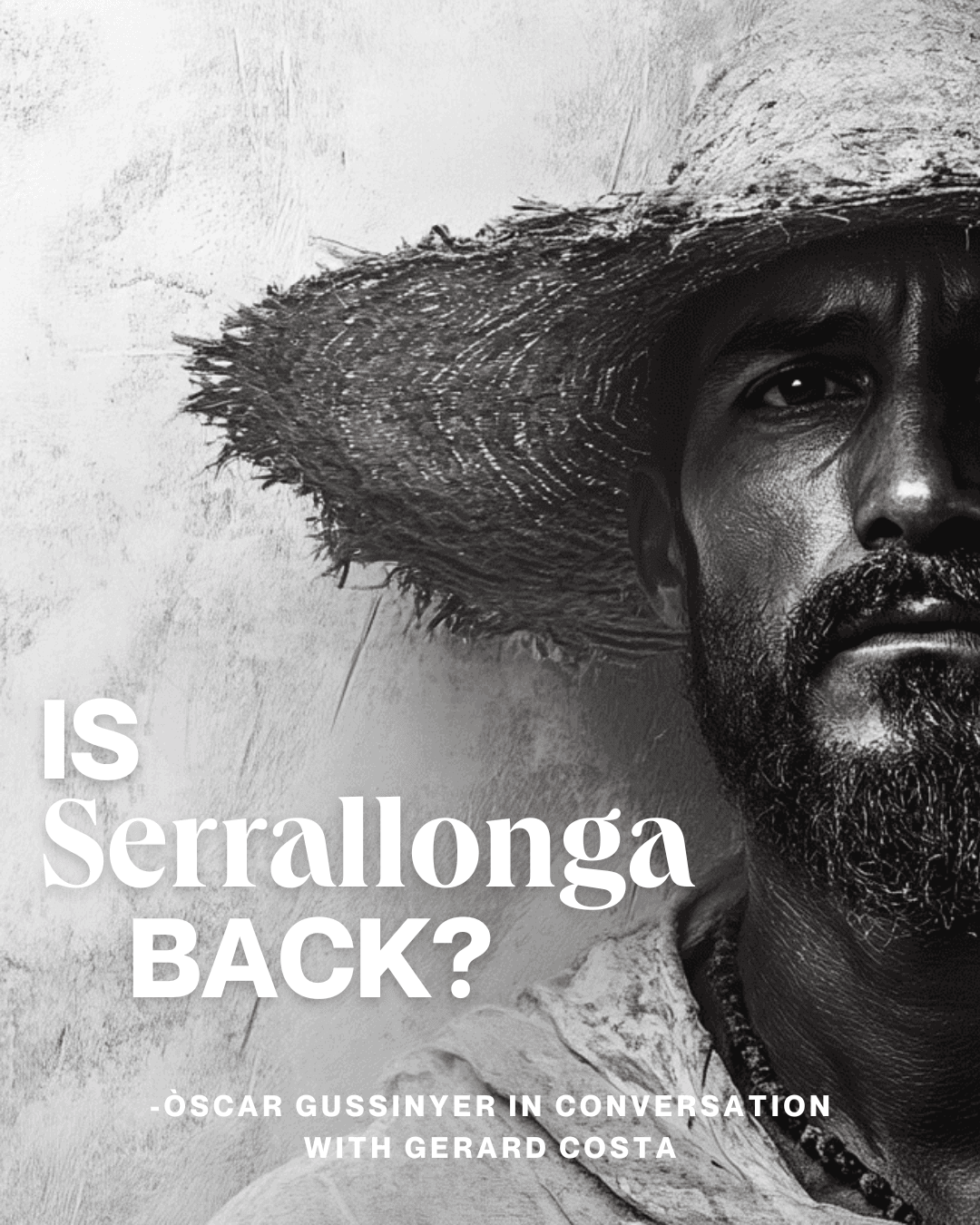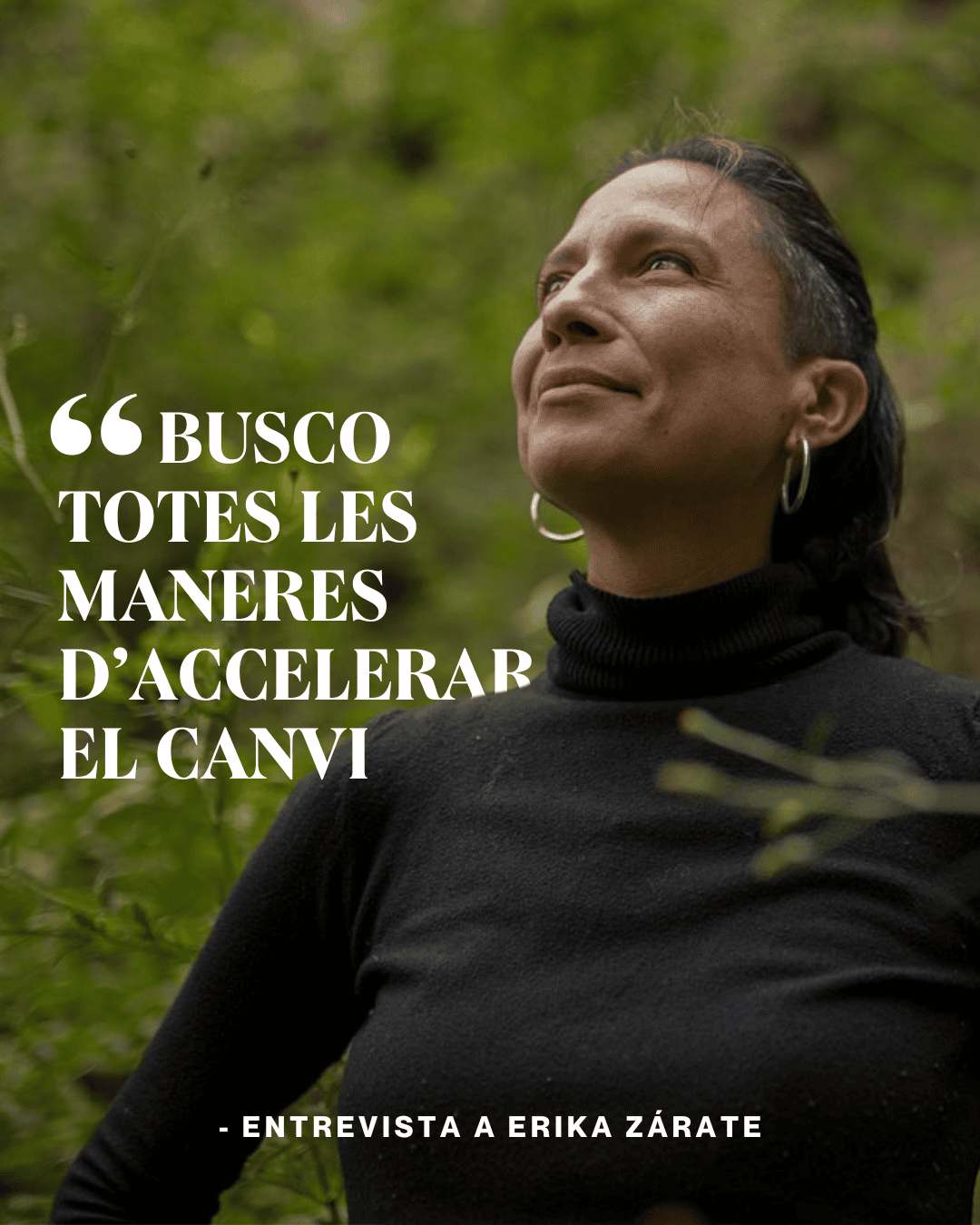Intersectionality
Could affectivity make us more effective in being resilient?
Complexities of the Depression
Intersectionality is an essential theory to understand how different forms of oppression – such as racism, sexism, class discrimination or sexual orientation – interact and combine to generate unique experiences of inequality. Formed by Kimberlé Crenshaw in the 1980s, this perspective offers a broader view than one-dimensional approaches, allowing analysis of how social identities influence each other. This theory emerged from the need to make visible experiences ignored by traditional frameworks, such as those of black women, who cannot be explained only from gender or race, but from the interaction of both.
Crenshaw, in "Demarginalizing the Intersection of Race and Sex", argues that equality struggles cannot be effectively addressed if separate compartments are maintained for each form of oppression. This theory has a powerful practical involvement, especially in feminist, decolonial and human rights movements, as it recognizes the multiple dimensions of inequality. Intersectionality opens the door to a more comprehensive understanding of the power relations that define our societies and emphasizes the need for more inclusive and contextualized actions.
This perspective has not only transformed activism, but also academic theory. It has been a fundamental tool for movements that address not only the visible forms of discrimination, but also the subtle mechanisms that reinforce structural inequalities. Therefore, intersectionality is positioned as a necessary tool to create a social change that is truly equitable and transformative.
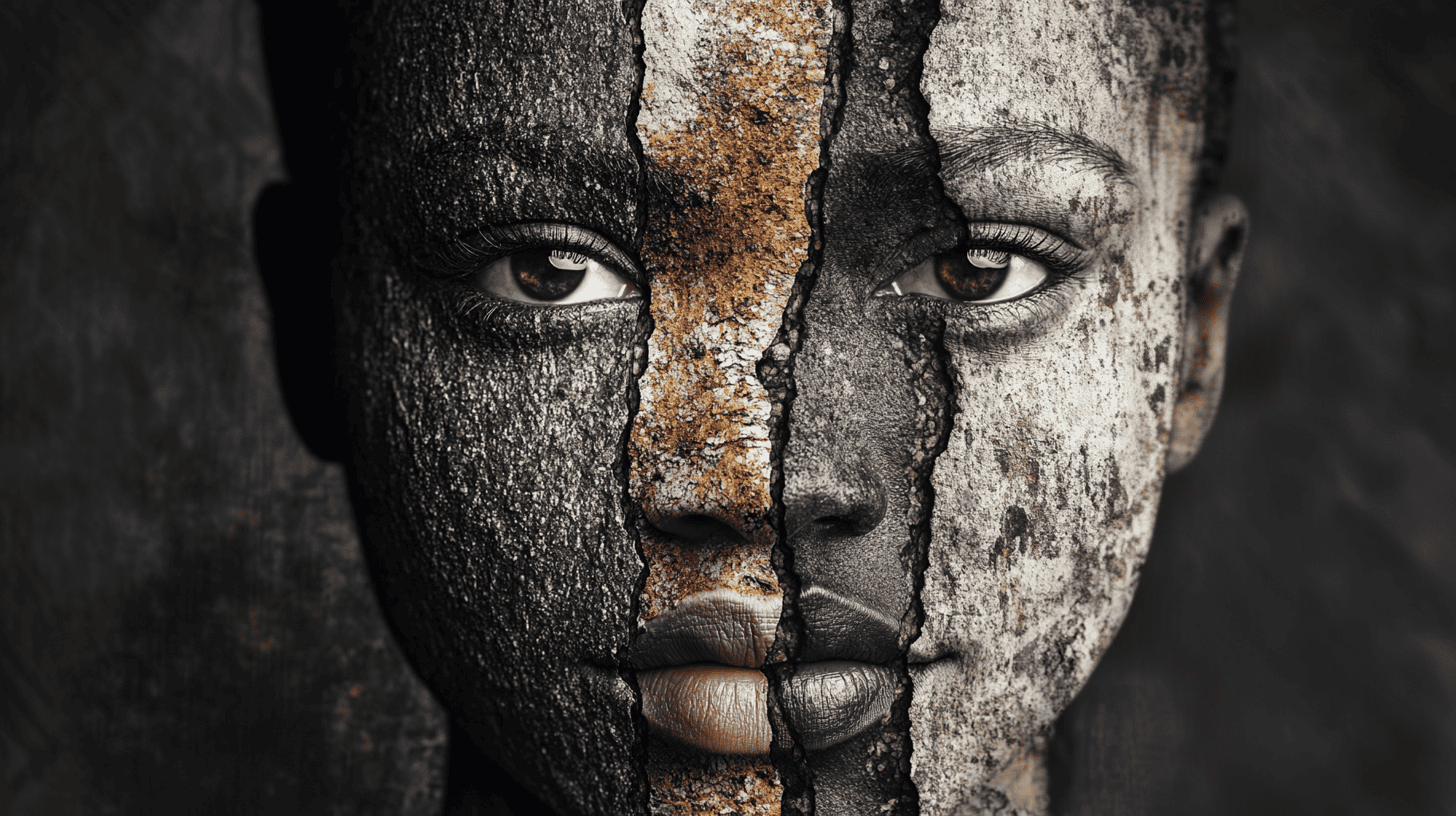
Bad Feminist
Scholarly, intersectionality has been widely explored and expanded by thinkers such as Patricia Hill Collins and Leanne Betasamosake Simpson, who have contributed new dimensions to the concept. Collins, in "Black Feminist Thought", stresses how race, gender and class form a complex system of power that defines the experiences of black women. She proposes that feminism can only be effective if it addresses multiple forms of oppression simultaneously, recognizing how these intersections generate specific inequalities and reinforce power structures.
From an indigenous perspective, Leanne Betasamosake Simpson highlights how intersectionality manifests in indigenous communities, affected by colonization, racism and patriarchy. His work "As We Have Always Done" explores how these intersections have not only negatively impacted communities, but also have conditioned their resistance and regeneration strategies. Simpson argues that any struggle for social justice should address these multiple dimensions, especially in the context of decolonization.
Additionally, authors such as Roxane Gay and Angela Davis have expanded the debate on intersectionality, focusing on how feminism can be more inclusive. Gay, in "Bad Feminist", notes that women's experiences are not monolithic and that any struggle for equality should recognize the diversity of identities. Davis, in "Women, Race, and Class", connects intersectionality with the struggle for economic and social liberation, highlighting that only real justice can be achieved if the power structures that perpetuate all forms of oppression are dismantled.
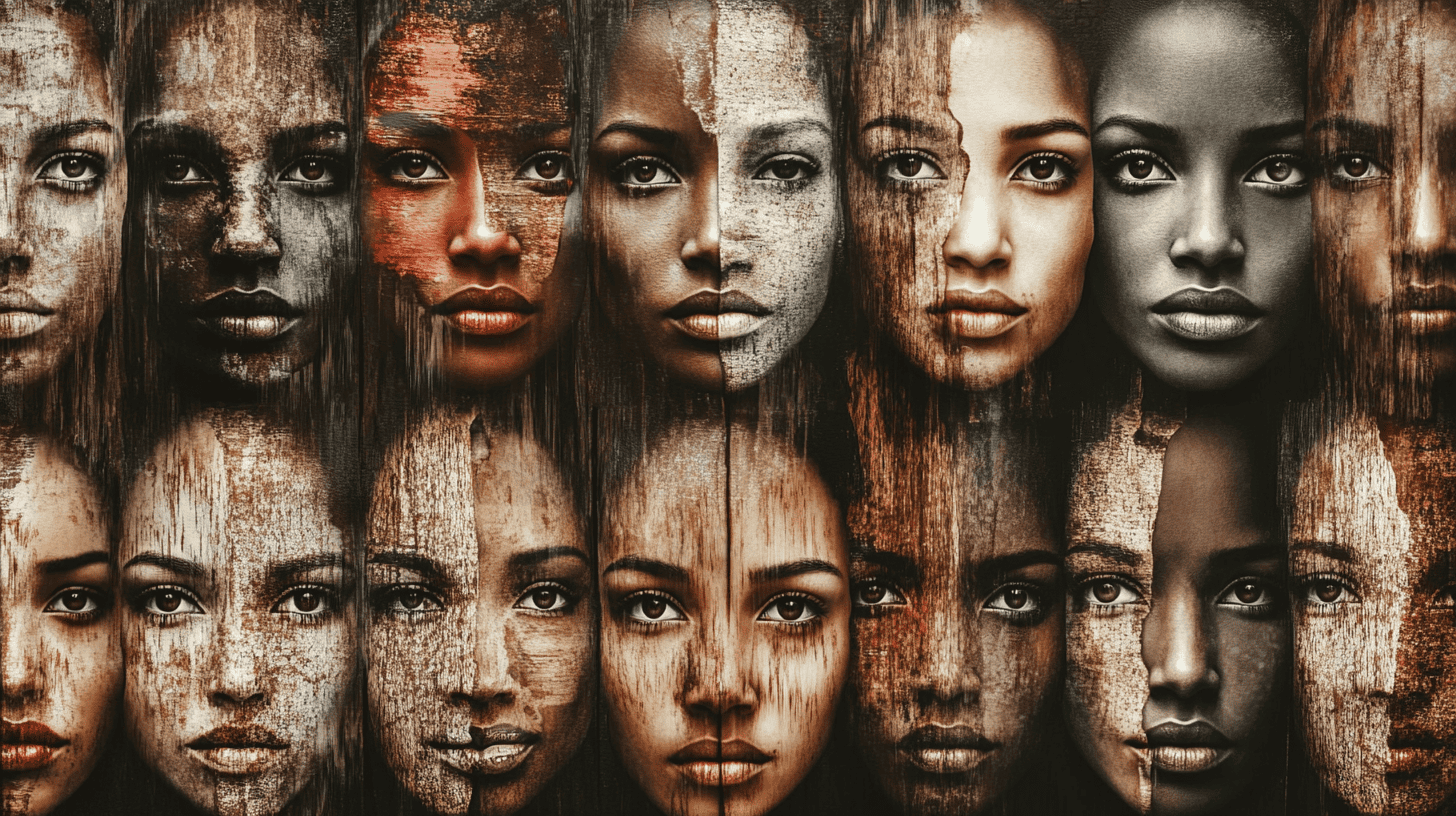
Various voices
In Resilience Earth, we understand intersectionality as a transversal capability that allows us to address inequalities with a sensitive look at diversity and complexity. Our role as facilitators is to create spaces where the various voices and experiences have a significant place in collective construction. This view not only gives visibility to marginalized identities, but also helps us to understand how power dynamics influence the processes of social and organizational change.
Our technical approach integrates pedagogical tools and narratives that make the theoretical concepts of intersectionality accessible to the communities and organizations we work with. We use narratives, visual representations and conceptual frameworks that allow individual experiences to be connected to the wider structural dynamics. This practice helps identify the multiple dimensions of oppression within a group and develop responses that are inclusive and regenerative.
Finally, intersectionality guides us to find solutions that reconcile the singularity of people with collective goals, promoting more equitable and fair processes. Working from this perspective, we encourage organizations and communities to be more resilient and adaptive, as they recognize and value diversity as an essential resource for transformation. This approach not only addresses existing inequalities, but also sets the basis for a shared future that includes all voices and perspectives.
In Resilience Earth we nurture the intersectionality of our team, integrating dimensions such as cultural diversity, neurodivergencies and rurality, which gives us a unique plurality of inherent capabilities.
At the same time, we bet on continuous training in disruptive skills and pointers, which allow us to transform these individual dimensions into a wide range of integrated capability. We understand capability as a dynamic synthesis between the unique intrinsic potential of each system and the acquired practical skills, connecting the singular essence of a system with concrete actions to evolve, adapt and align with a living purpose.
In Resilience Earth, we not only acquire innovative skills, but transform them into capabilities adapted to the specific context, incorporating them into a framework that takes into account the capabilities of each consultant. This integration allows us to generate new perspectives, processes and frames with a high potential to accompany change in times of uncertainty. In doing so, we multiply the possibilities of creating significant transformations, aligning actions with shared purposes and contributing to a more resilient and regenerative future.

